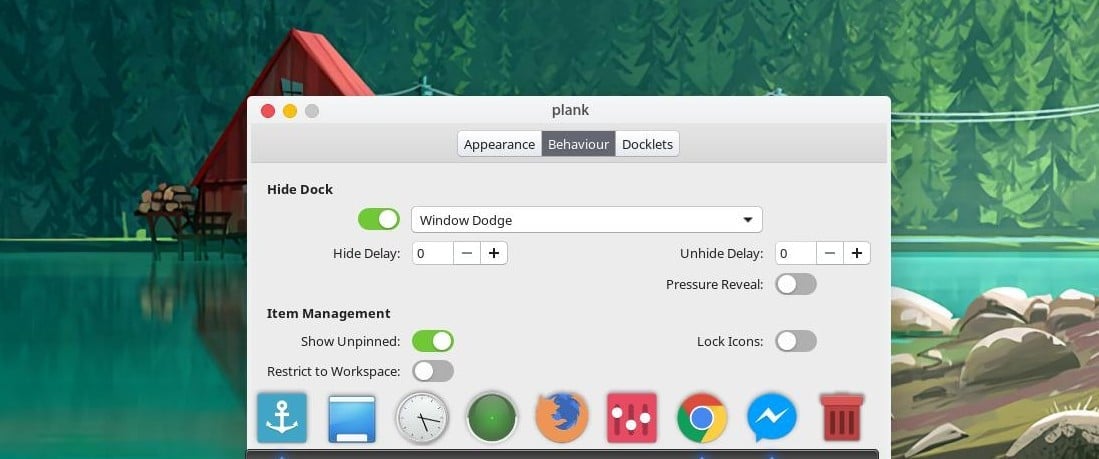
- Here’s a dumb shortcut that will come in handy some day. In some apps, ⌘. Does the same thing as the escape key. So if that key is broken, or your stupid Touch Bar is hiding your stupid.
- Escapes is developed for Mac OS X 10.8 or later. The most popular versions among the application users are 1.1 and 1.0. From the developer: Escapes is an ANSI NFO DIZ ASC viewer/editor for Mac OS X. Admire ANSi art of any kind. All types supported. Built-in editor for ASCII art (NFO, DIZ, ASC) and text files.
OS X Yosemite Simulator remix by ellistomas; Mac OS X Sierra (10.12.0) by -Apple-Inc; Mac OS X 10.7 by PigVenomPV; OS X Yosemite X Kirby Simulator by honnybean; Mac OS Simulator by ownh; What a mac does. By Youtuberfan153; OS X Yosemite Simulator remix by ZAWSZEANONIM; OS X El Capitan Simulator 2 by Jethrochannz; OS X Yosemite Simulator. Control-Shift-6 works in both Terminal and iTerm on my Macbook. Rack1R1#ping 150.1.1.1 rep 1000 size 10000 Type escape sequence to abort. Sending 1000, 10000-byte ICMP Echos to 150.1.1.1, timeout is 2.
About the App
- App name: ettercap
- App description: Multipurpose sniffer/interceptor/logger for switched LAN
- App website: https://ettercap.github.io/ettercap/
Escape Shuttle (bakoboko) Mac Os Update
Install the App
- Press
Command+Spaceand type Terminal and press enter/return key. - Run in Terminal app:
ruby -e '$(curl -fsSL https://raw.githubusercontent.com/Homebrew/install/master/install)' < /dev/null 2> /dev/null
and press enter/return key.
If the screen prompts you to enter a password, please enter your Mac's user password to continue. When you type the password, it won't be displayed on screen, but the system would accept it. So just type your password and press ENTER/RETURN key. Then wait for the command to finish. - Run:
brew install ettercap

Done! You can now use ettercap.
Similar Software for Mac
MacBook Pro (15-inch, 2016) and later and MacBook Pro (13-inch, 2016, Four Thunderbolt 3 Ports) and later feature the Touch Bar, which changes automatically based on the application that you're using to show you relevant, familiar tools and controls. On some models, the Esc button appears on the left side of the Touch Bar, in the same place the physical Esc key appears on traditional keyboards.
Sometimes tools in the Touch Bar temporarily cover the Esc button:
After you tap or the Done button, Esc reappears.
How to use another key as Esc
Escape Shuttle (bakoboko) Mac Os Catalina
You can choose a physical key to act as Esc, temporarily or permanently:
- Choose Apple menu > System Preferences.
- Select Keyboard.
- In Keyboard preferences, click Modifier Keys.
- Use one of the pop-up menus to choose another key to act as Esc.
For example, if you choose Escape to the right of the Control (^) Key label, pressing Control has the same results as pressing Esc: it closes menus that are open, and pressing Control-Option-Command makes the Force Quit Applications window appear.
You can return your keyboard to its original behavior by clicking Restore Defaults.
How to force apps to quit using Esc alternatives
You might not be able to use the Esc button in the Touch Bar if the app you're using becomes unresponsive.
If you need to use Esc to force an app to close, you can switch to another app and try Option-Command-Escape. You can also choose Apple menu > Force Quit.
Escape Shuttle (bakoboko) Mac Os X
If that doesn't work, or if your Touch Bar doesn't respond in any app, restart your Mac. Choose Apple menu > Restart or, if your Mac isn't responding, press and hold Touch ID (power button) until your Mac turns off.
Using Esc in Windows
When you use Boot Camp to run Windows 10 on your Mac, Esc is in the same place on the Touch Bar as it is when you're using macOS.
Escape Shuttle (bakoboko) Mac Os Download
You can also access Esc through the Windows on-screen keyboard. From the Windows menu, select the Windows Ease of Access menu item. Then select On-Screen Keyboard.